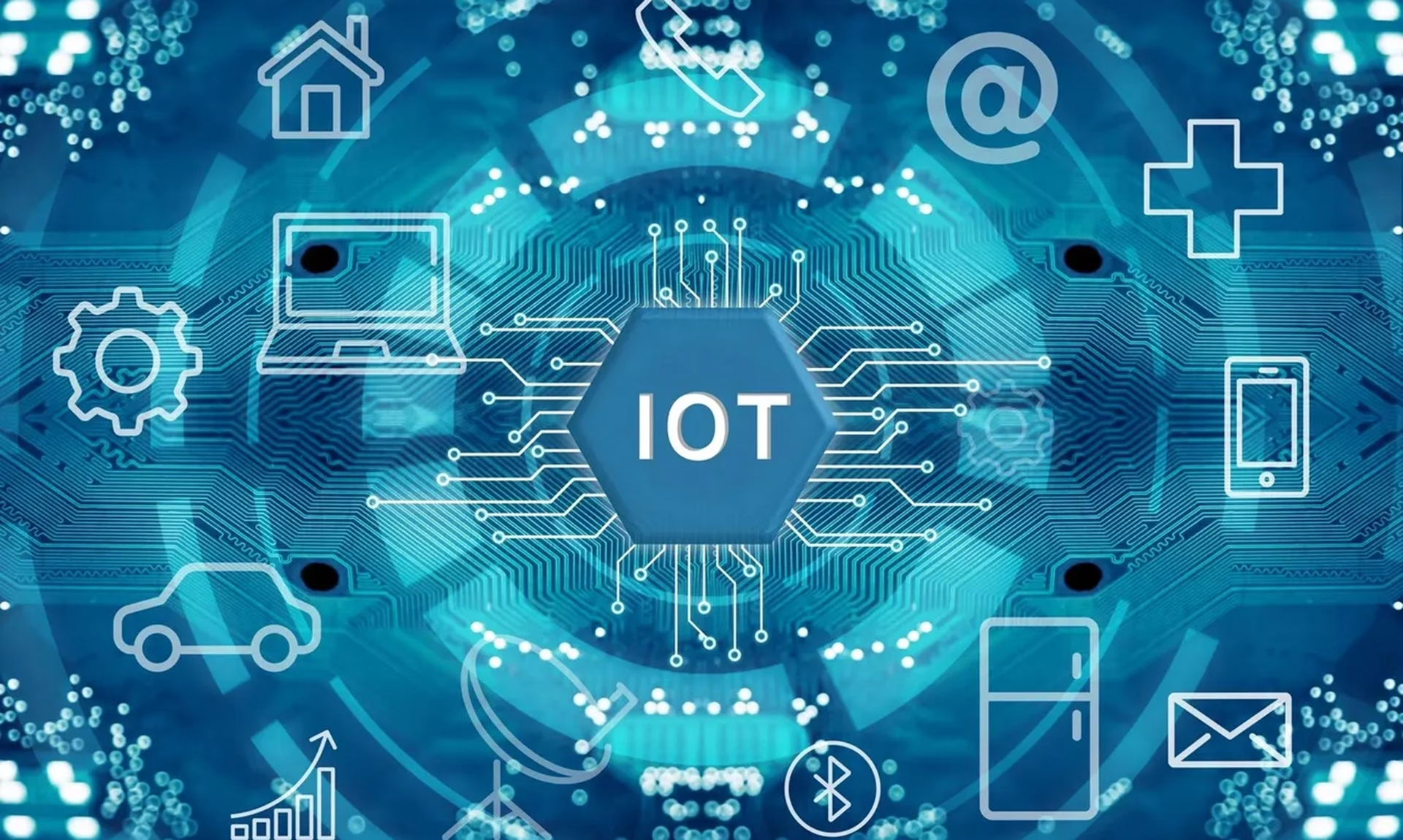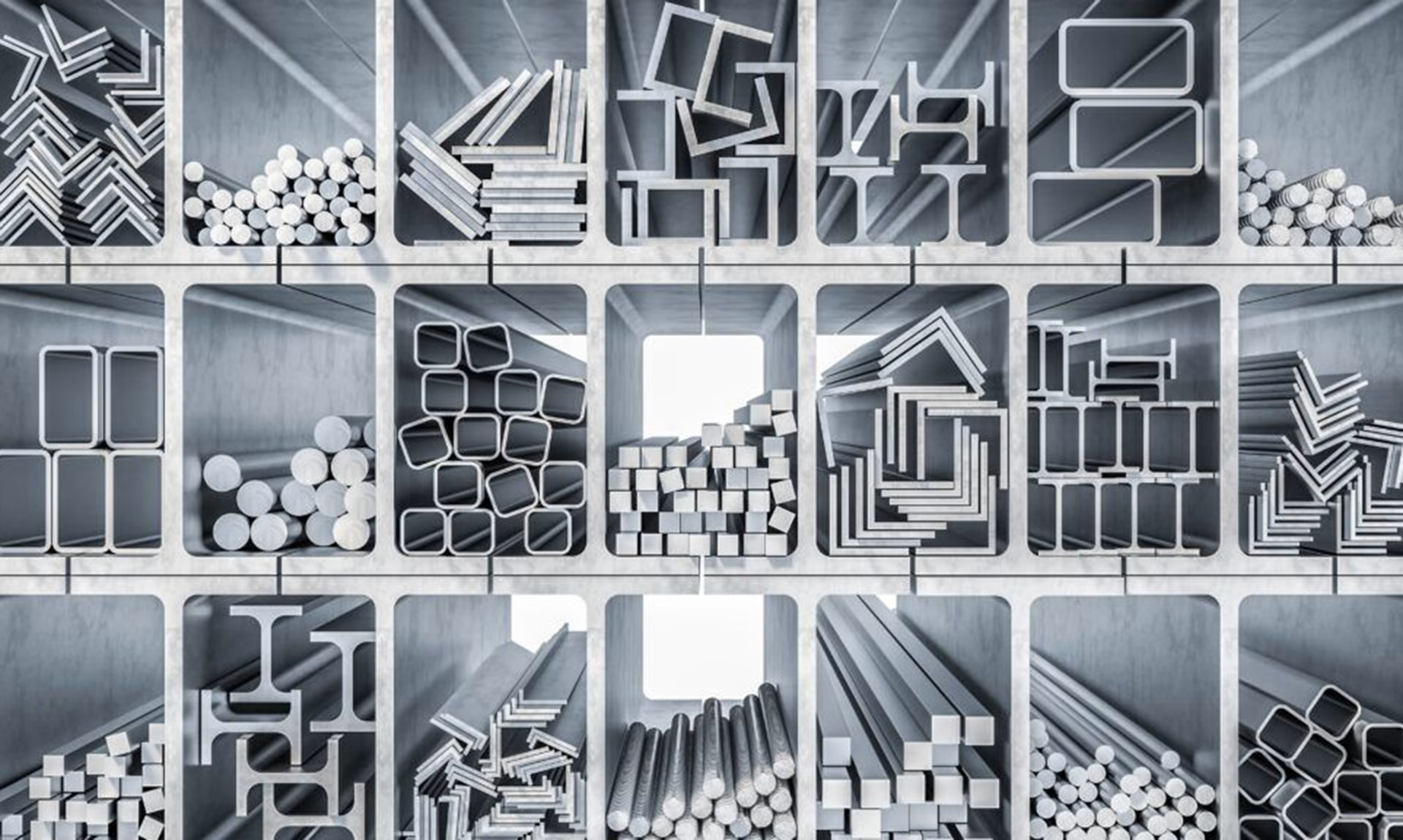Smart Hardware: When Doors and Windows Become Part of the Internet of Things
Once simple mechanical elements, doors and windows are rapidly becoming connected devices. With the integration of sensors, access systems and smart building platforms, hardware is no longer just about hinges and locks – it is about data, security and user experience.
From mechanics to intelligence.
Traditionally, architectural hardware was judged on durability, finish and ease of operation. Today, those criteria remain essential, but they are being joined by a new one: connectivity.
Smart locks that respond to fingerprints or mobile apps, windows that report whether they are closed or ajar, and ventilation units that adjust airflow based on sensors – all illustrate how hardware is becoming an active node in the Internet of Things (IoT).
The benefits for buildings.
Smart hardware offers a range of advantages:
- Enhanced security – intelligent locks and sensors provide real-time monitoring and integration with alarm systems.
- Energy efficiency – windows and doors linked to HVAC systems reduce energy waste by automatically responding to usage.
- User convenience – keyless access, remote monitoring and voice control bring domestic and commercial buildings into the era of seamless interaction.
- Accessibility – assisted opening and integration with building automation help make environments inclusive for all users.
Architects and fabricators adapting.
For architects, the rise of smart hardware requires a shift in design thinking. Hardware is no longer invisible; it must be integrated with electrical systems, digital protocols and cybersecurity considerations.
For fabricators and installers, compatibility with standards such as KNX, Zigbee or BACnet is becoming as important as mechanical performance. The once-clear boundary between IT and construction is dissolving.
A European perspective.
Europe is leading in the adoption of standardised smart building protocols, encouraged by EU directives on energy performance and sustainability. Companies across Germany, Italy and Scandinavia are pioneering window sensors, automated façades and integrated access systems that can be plugged directly into building management software.
This convergence makes smart hardware a strategic differentiator for manufacturers and a design enabler for architects.
Challenges to overcome.
Despite momentum, challenges remain. Cybersecurity is a pressing concern – a smart lock is only as reliable as its encryption. Longevity and compatibility are also crucial: buildings are designed to last decades, while digital technologies evolve in cycles of just a few years.
Manufacturers must therefore ensure that smart hardware remains future-proof, upgradable and interoperable to avoid obsolescence.
The future of thresholds.
The next decade will see hardware evolve from passive fittings into interactive gateways. Doors will recognise users, windows will regulate air quality, and façades will communicate with city grids.
In this new reality, the simple act of opening a door or closing a window becomes part of a broader digital ecosystem. Hardware is no longer just the interface between inside and outside – it is the interface between people, buildings and technology.
Share This Story
news via inbox
Your source for the latest news in the fenestration industry.




